NEW DELHI—The likelihood of the Chinese regime launching an attack in the near future on its disputed border with India is more than it attacking Taiwan, according to the author of a new book on the subject.
India and China are building up their military forces along their disputed border in Ladakh as 15 rounds of talks have made no headway, following the 2020 bloody conflict of Galwan in which both countries suffered casualties for the first time in nearly 45 years.
Amid Russia’s invasion of Ukraine, there has been increasing concern about the possibility of the Chinese regime launching a similar attack on Taiwan.
“While America is busy countering Russia in Ukraine, China is steadily increasing its footprint all over the globe. What’s even more worrying is not just the Indo-Pacific part of it, or the Taiwan part of it, but the greater danger that exists on India’s northern border,” Dogra, the author of seven books, including an award-winning one on Afghanistan, told The Epoch Times in an exclusive interview on June 28.
Dogra said China sees itself at a historical turn in a strategic game where the dice are increasingly being rolled in its favor. He believes Biden’s focus on Ukraine is “obstinate and obsessive,” which means that the United States and the West are exhausting themselves in a war that has “uncertain results in Ukraine.” He believes it has served the Chinese Communist Party’s (CCP) purpose.
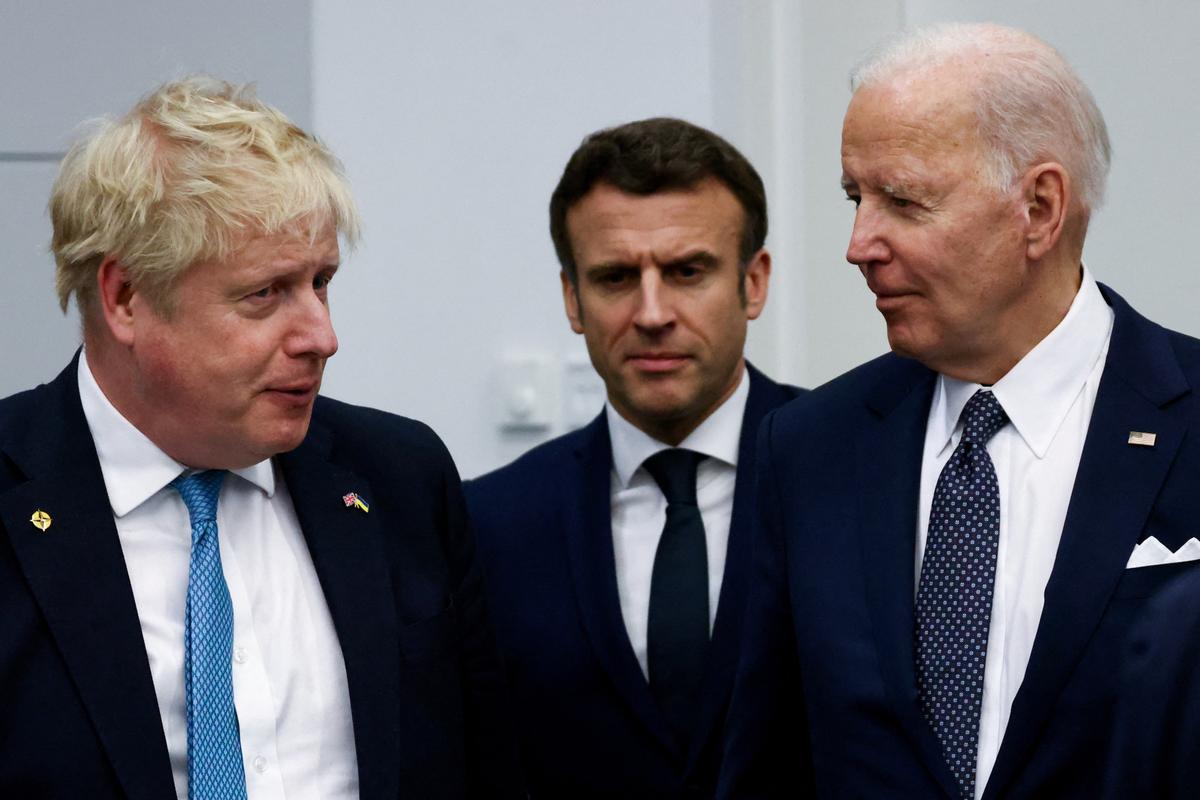
Beijing’s ‘Window of Opportunity’
The situation unfolding in the world in this context, according to Dogra, is a “window of opportunity” that China has waited for a long time, and the future threat of war should be seen from this prism.If Biden is serious about defending Taiwan and ensuring freedom of the high seas, then strategic wisdom demands that the United States “adequately” position its military resources in the Pacific—but that’s not the case, the author said.
“To the surprise of many, the recent NATO Summit has announced a major increase in deployment of American forces in Europe. This, despite the widespread acknowledgment in the U.S. that its greatest strategic challenge comes from China! And all this despite the fact that Asia will be a far greater market for America in the coming decade than any other part of the world; far, far greater than Europe, Middle East, or South America,” warned Dogra.
Dogra said Beijing is watching “gleefully as bad news multiplies in the world.”
“Because of the sanctions, new fault lines are beginning to emerge in the world order. The longer the conflict in Ukraine drags [on], the better it is from China’s viewpoint. A principal gain for it would be that Russia becomes its virtual outpost in Europe. And thus, poised confrontationally, both the U.S. and Russia will practically leave the rest of the world as China’s playground. This is the moment that China has long waited for. As Mao [Zedong] said, ‘Everything under heaven is in utter chaos; the situation is excellent.’”
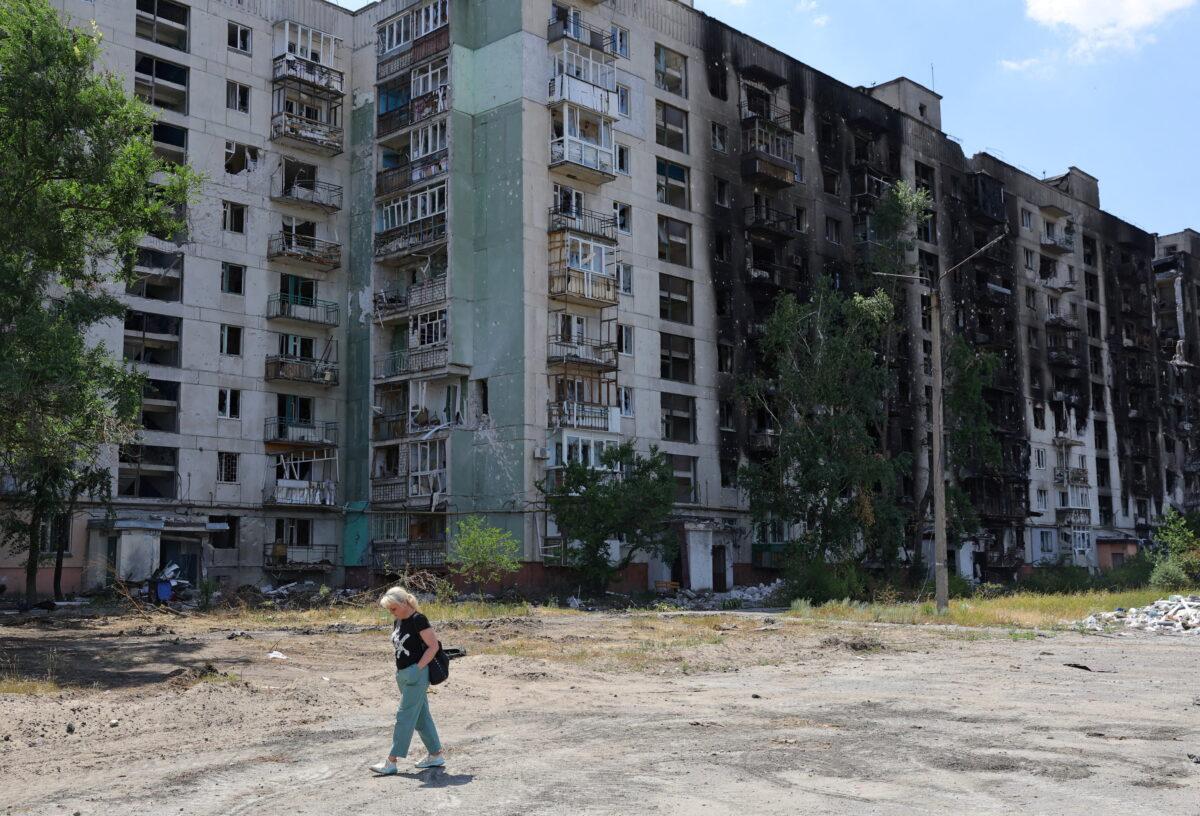
War With Taiwan
The likelihood of a war in the near future being waged over Taiwan, a self-ruled island that Beijing considers a part of its territory, is low, according to Dogra, because a war over Taiwan would have major economic costs for China. In contrast, he said that an India-China war in the remote Himalayan heights would be limited to military operations between the two armies.Moreover, despite their tense relations, trade between China and Taiwan has steadily increased. In 2018, more than 100,000 Taiwanese business people were operating on the mainland, while nearly 40 percent of Taiwanese exports went to China. In 2021, Taiwan exported $126 billion worth of goods to China while India exported just $21 billion worth of goods to China, said Dogra.
“China is also conscious that Taiwan may not mean easy victory. Rather, its forces might face severe and prolonged resistance. China will also seriously weigh in the possibility that a war over Taiwan could draw in the U.S., Japan, and Australia. That will be a formidable challenge for China because[,] despite its recently acquired military swagger, it knows that these militaries are no pushovers,” Dogra wrote in his book.
He said a Chinese attack on Taiwan would also face logistics hurdles, like the logistic swamp that initially trapped Russia in Ukraine.
“China may also encounter heavy military and public resistance from Taiwan, and it might then take years to pacify Taiwan militarily and politically. In all likelihood, China will not launch a war over Taiwan until it is sure it can quickly win it because it wouldn’t want to suffer a ‘bloody nose’ in a longer conflict and a consequent loss of reputation,” Dogra told The Epoch Times.
Beijing is, of course, determined to launch a military operation at some point in the near future—that is certain, Dogra said. He added that when it goes to war over Taiwan, it will do so at a time when the United States is occupied elsewhere and does not have the time to react effectively.
According to Dogra’s book, the U.S. Indo-Pacific Command in Honolulu anticipates a six-year timeline for such an attack, while the Taiwanese estimate a three-year time frame before Beijing launches an invasion.
“So even as Taiwan remains the prize it covers, China might first opt for a swift victory elsewhere. It need not look far for such a war, one that firmly establishes it as the Asian hegemon. And unlike its multiple contacts with Taiwan, China and India can best be described as distant neighbours,” wrote Dogra.
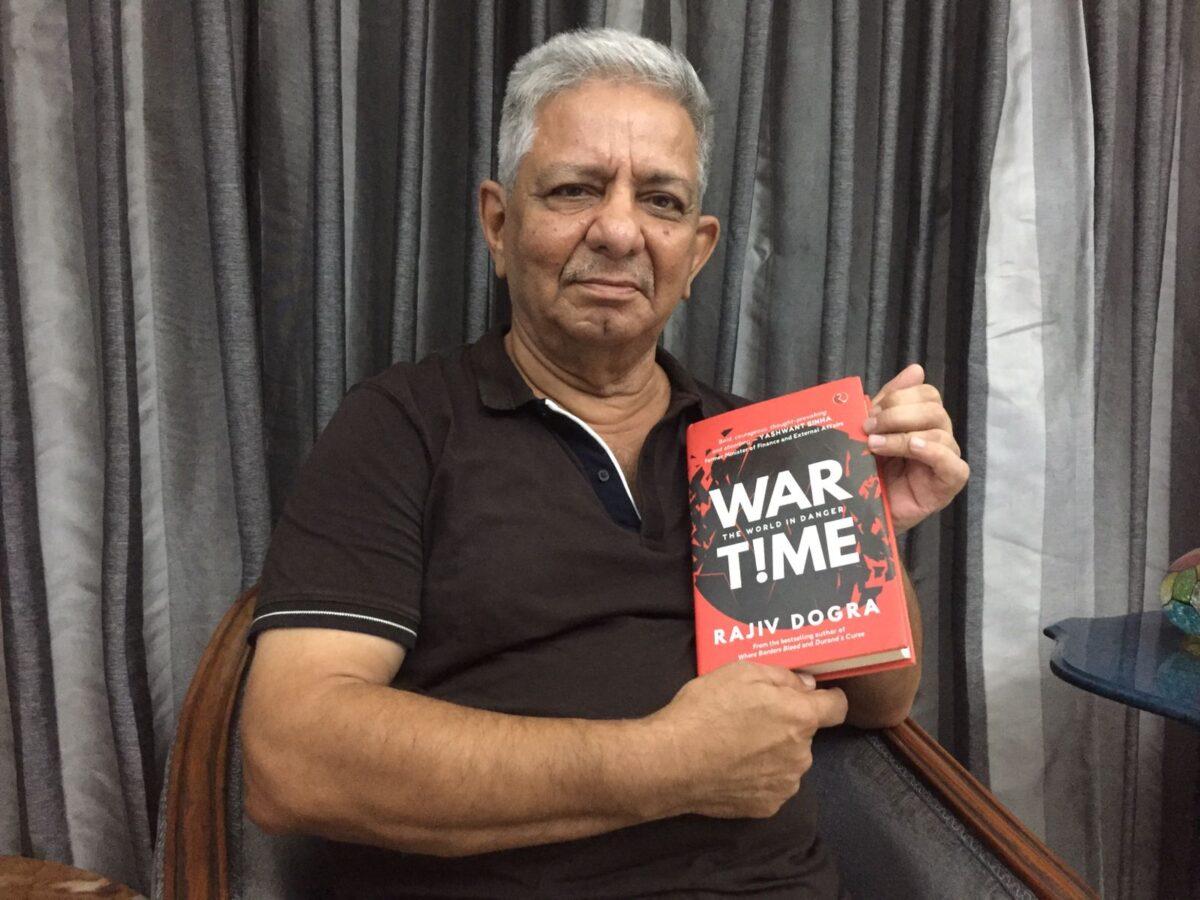
War With India
The military relations between India and China are tense, and the disputed border has remained a sore spot in their relationship for seven decades. Moreover, Dogra said the relationship between the two giant Asian neighbors had become seriously and increasingly imbalanced.“It lead[s] India in all aspects—from military to economic, from [the] efficacy of governance to social discipline; from assertive self-confidence to [the] amoral pursuit of goals. India faces negative asymmetries on all these issues,” he wrote.
Yet, there are tremendous opportunities as well. The two countries combined will be the biggest markets of the future. The middle-class markets in China and India might account for annual expenditures of $14.1 trillion and $12.3 trillion, respectively, by 2030. Dogra said that both countries would thus benefit from a cooperative rather than a contentious relationship. But this seems unlikely because of their competing ambitions and conflicting strategic outlook.
“Till then, China would like to undermine India, relegate it to a regional identity, keep it economically underslung and, most of all, keep it engaged by all other means short of war. But it'll also be prepared for the next war,” he wrote.
According to this model, the likelihood of an outright war in the next decade is also the highest between India and China at 22 percent. It is 11 percent between China and Taiwan and 12 percent between China and the United States.
“Joye’s model is categorical in asserting that the risk of an India-China conflict or war is the greatest in the world. We should add to this the ever-present possibility of a war with Pakistan,” wrote Dogra.
India and Pakistan have fought four wars since 1947, and the two neighbors share a long, disputed, volatile border.
He told The Epoch Times that India is under tremendous pressure to increase its defense expenditure.
“A factor that is often talked about, though sotto voce, is the possibility that India may have to face a two-front war with China and Pakistan. What could make the situation even more perilous is the possibility that it might turn out to be a ’single-front war' along a long border of over 6,800 km [4,225 miles] because China and Pakistan’s armaments and military tactics are now largely in sync,” he said.
“It is, therefore, time for serious reflection by America over its strategic priorities. It is also time for the thinkers of the world to ponder how delicately the world is poised … between the calm it has been used to since World War II and an impatient China that wishes to order a new world.”
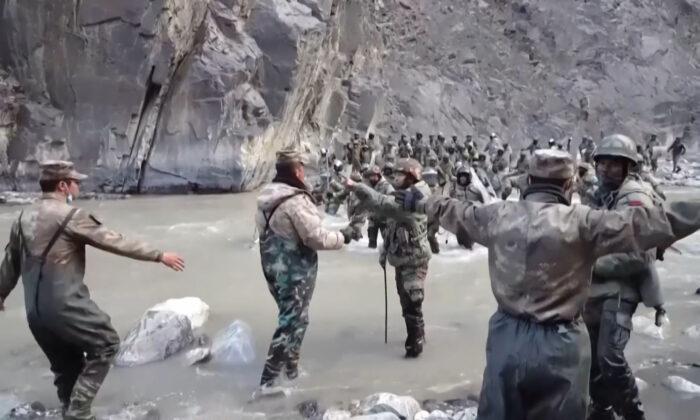

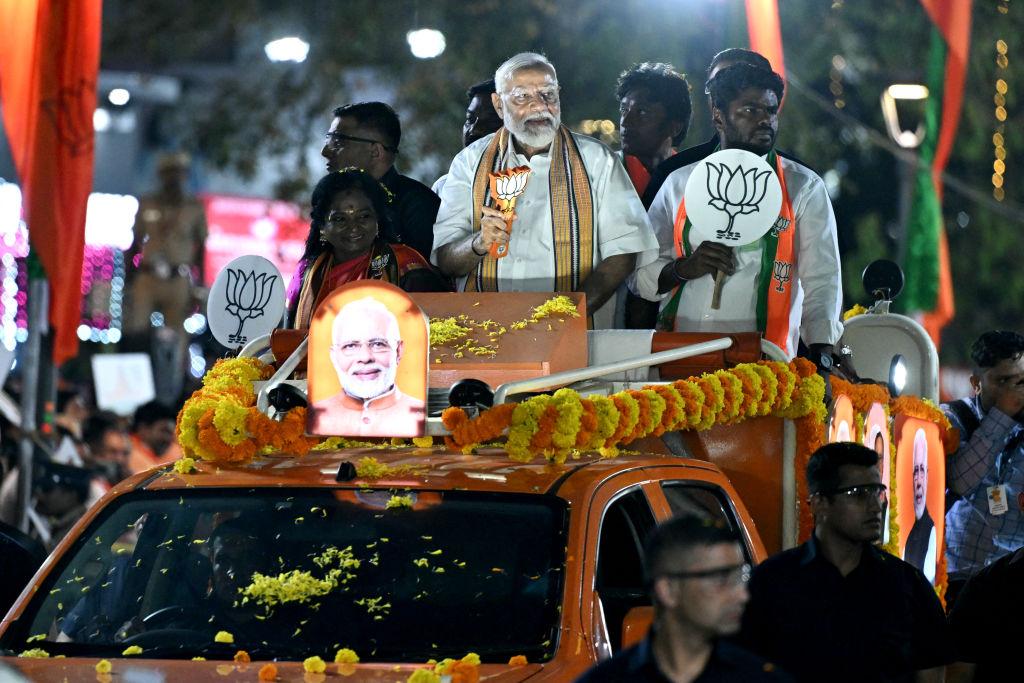



Friends Read Free